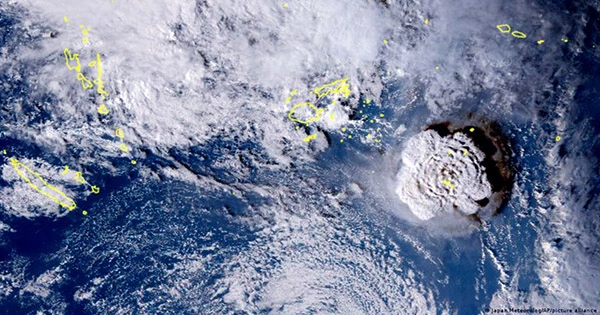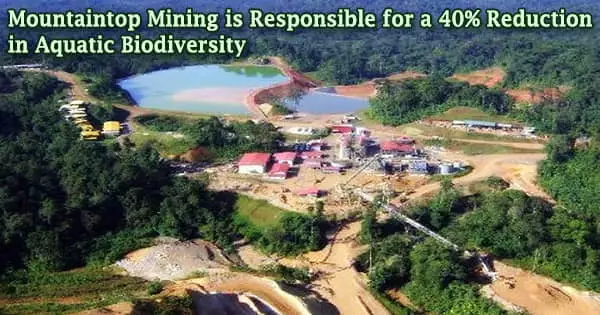Biodiversity, or the variety of different species and ecosystems within an area, can help protect bird communities from the impacts of a changing climate. A diverse range of species and habitats can provide birds with a range of options for finding food, shelter, and nesting sites, which can help them adapt to changing conditions. Additionally, a healthy and diverse ecosystem can also help to regulate the impacts of climate change, such as by reducing the severity of droughts or floods. Therefore, preserving and restoring biodiversity can be an important strategy for safeguarding bird communities under a changing climate.
According to a new study, functionally diverse bird communities in North America have changed less as a result of climate change over the last 50 years than functionally simple communities.
Climate change has undeniable global effects on ecosystems and ecological community compositions, but it is unclear why some communities are better able to withstand the effects of climate change than others. Researchers studied community composition changes and community diversity over half a century in a recent scientific study that included nearly all North American bird species. Following climate change, bird communities with higher species richness and a greater variety of functional properties changed less dramatically in their community composition.
“For example, if a community contained birds of prey, insectivores, and seed-eaters rather than birds from just one feeding guild, it was better safeguarded against the negative impacts of climate change,” highlights PhD Emma-Liina Marjakangas, the leading researcher of the study from University of Helsinki.
Our findings reinforce the notion that biodiversity protects ecosystem functioning and that the biodiversity and climate crises must be addressed concurrently to avoid multiplicative effects.
Emma-Liina Marjakangas
Community-level diversity acts as a buffer against negative climate change impacts, particularly during the winter, which has seen the most climatic warming across the Northern Hemisphere. During the breeding season, however, biodiversity played a smaller role. Indeed, previous research has shown that bird communities change faster in the winter than in the summer, which explains this pattern.
“The ability of a species to change breeding and wintering locations is determined by habitat and food availability. For example, grassland species have shifted northwards more slowly than forest passerines like the American robin or habitat generalists like the mourning dove “Aleksi Lehikoinen, Senior Curator at the University of Helsinki, explains.

Functionally diverse bird communities help to maintain ecosystems by dispersing plant seeds, controlling pest insects, and even pollinating flowering plants. Climate change alters the composition of these vital bird communities, jeopardizing their ability to provide ecosystem services.
“Our findings reinforce the notion that biodiversity protects ecosystem functioning and that the biodiversity and climate crises must be addressed concurrently to avoid multiplicative effects,” Marjakangas emphasizes.
A diverse range of bird species with varying ecological needs and adaptations is more likely to be resilient to changes in temperature, precipitation patterns, and other climate-related changes. A bird community that includes both migratory and non-migratory species, as well as those that thrive in different habitats, is more likely to survive in the face of climate change than one that consists of only a single species or a few closely related species.
Furthermore, by preserving key habitats and ecosystem services such as pollination and pest control, biodiversity conservation and restoration can help to buffer bird populations from the effects of climate change.
















